The Water Model
First of all we want to take a closer look at the terms voltage, amperage and power. In order to understand what these terms refer to,
we imagine the processes within an electric circuit in the water model. Instead of an electric circuit we look at a water circuit. Instead of a battery
we have two cylinders of water. One of them is full to the brim; the other contains only a little water. The full cylinder resembles the negative pole,
the other one resembles the positive pole.
Instead of a cable between the poles we use a water hose in the model, which connects the two cylinders. The switch is resembled by
a spigot in the water model.
An electric tranducer, a light bulb for example, can be resembled by a water wheel:
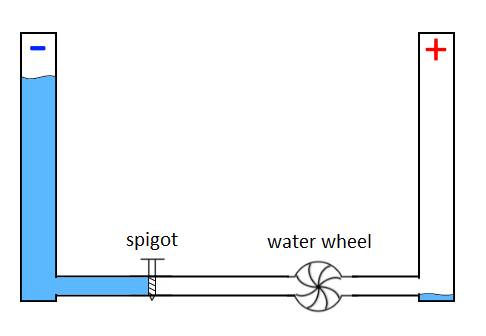
|
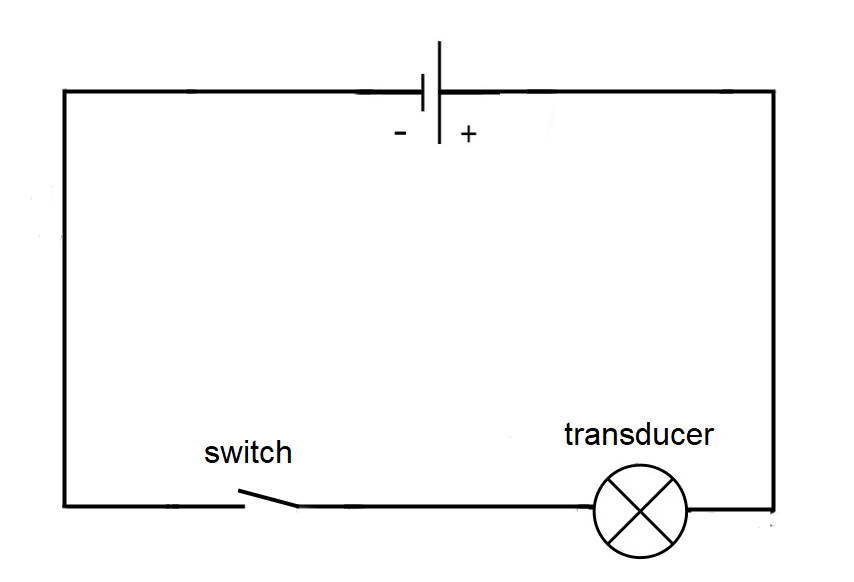 |
In this table you can see the direct comparison of electric circuit and water circuit:
| symbol | water circuit | graphical symbol | electrical circuit |
|---|---|---|---|
 |
water hose |  |
cable |
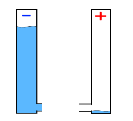 |
cylinders of water |  |
battery |
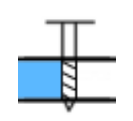 |
spigot |  |
switch |
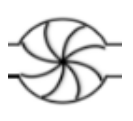 |
water wheel |  |
transducer (e.g. light bulb) |
| water pressure | voltage | ||
| strength of water flow | amperage |
